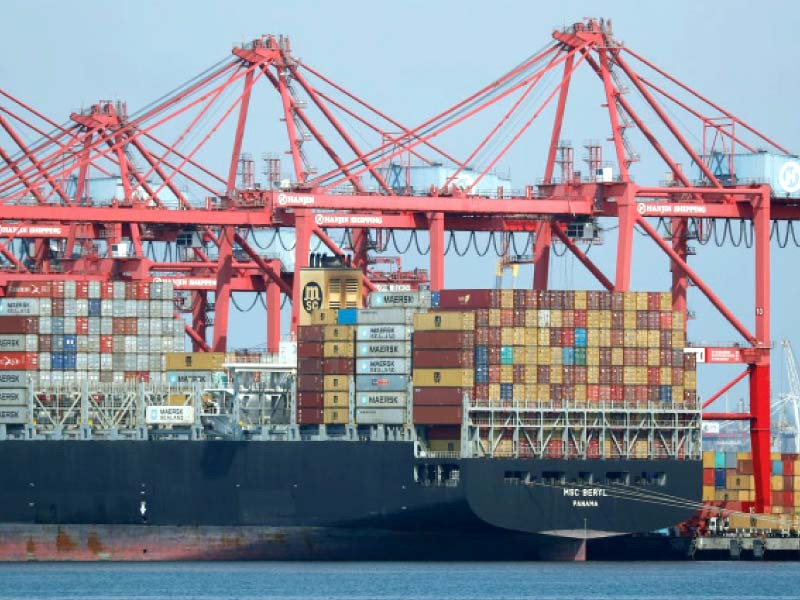
World War II concluded with the end of a multipolar world. Under the umbrella of the United States, the West initiated the process of creating a unipolar world, but the emergence of the USSR did not allow the West to create a unipolar world. The West came up with another strategy and began constructing a global economic and financial system to dominate the post-World War II world. The West wanted to hegemonise the world through these institutions. Since then, global economic and financial institutions have been consolidating their position and control. The fall of the USSR provided them an opportunity to renew their efforts to create a unipolar world. End of History and Clash of Civilisation theories were constructed to further the agenda. The financial and economic institutions are spearheading the efforts to deliver desired results.
These are creating an invisible colonised world. They come in the name of help or reforms and weave an invisible web to control the country. There are four specific instruments: free market currency rates, premature opening up of the economy, and the State Bank, which are used to control the countries. It is an established fact that in a liberal economy, the State Bank plays the leading role in steering the economy. It determines the interest rate, which portrays the picture of investment and potential investment. The liberal economy emphasises the autonomy of the State Bank to weaken the control of the state over financial resources and the economy of the country. Weak or debt-trapped countries are compelled to follow the instructions and let the State Bank be autonomous.
Second, weak and debt-trapped countries are further pushed to leave the currency exchange rate to market forces. This opens the gates of manipulation and speculative market forces. In collaboration with the hoarding industry, the speculative forces create an artificial shortage of currency of reference (US$). Third, premature opening is another instrument to control the economies—premature opening of the economy, open markets to advanced economies, and productive forces. The global players start to dominate the local market. Local producers cannot compete with global players, and local players are starting to disappear from the market. Ultimately, the country became the hub of import of foreign products. It leads to a current account deficit. Fourth, privatisation is promoted as a cure for all economic ills. The liberal economy presents it as the ultimate solution and pathfinder. They ask the world to believe that the private sector is the most efficient and let the private sector run the business. The liberal economic system asks governments to concentrate on tax collection to run the state. Simultaneously, it advocates on behalf of private companies to provide them subsidies and tax incentives. It is interesting to note that, on the one hand, it prohibits providing subsidies to state-owned enterprises, but on the other hand, it encourages subsidies for the private sector.
The liberal institutions have applied the same instruments to Pakistan. Since the launch of the Structural Adjustment Programme (SAP), Pakistan has been on this invisible web. After the start of SAP, Pakistan continued to lose independent space for policymaking and reforms. First, Pakistan initiated the process of privatisation. The process was institutionalised under the PML-N-led government by establishing the Privatisation Commission of Pakistan. From its inception to today, PC has pushed hard towards privatisation. It has accelerated its efforts during the interim government and shortlisted some major companies for sale. The argument is that running a business is not for the government, and state-owned enterprises need subsidies to keep them running. If it is not the government’s job to provide livelihoods and a safe and prosperous life, then whose responsibility is it? Second, if the state has to provide direct and indirect subsidies to the private sector, then why can’t the state provide those subsidies to State-Owned Enterprises?
Read PM reiterates resolve for social, economic uplift of minorities
Second, Pakistan introduced premature economic opening and followed shock therapy. Pakistan suddenly started to open up its economy without doing much homework. The country did not enhance its production capacity and efficiency of the production sector. Nor did it meet the prerequisites of opening up, such as improving the quality and variety of products and enhancing its competitiveness. Moreover, Pakistan made a few mistakes by blindly following the reform agenda. For example, Pakistan started privatising government entities and opening strategic sectors without building the institutes and institutional capacity. The opening up of energy is a classic example on this front. Under the Power Policy of 1994, which the PPP government introduced, Pakistan sold power plants and offered lucrative incentives to the private sector in the energy sector. The policy has wrecked the economic and social fabric of the country.
Third, the IMF pushed Pakistan to surrender control over the State Bank of Pakistan (SBP) in the name of reforms and a liberal economy. The PTI government agreed with the IMF to make the SBP an autonomous body and imported the governor to run it. New arrangements shed off the fiscal contribution responsibility, and the SBP was tasked with controlling Pakistan’s monetary policy and inflation. Moreover, PTI agreed to let market forces decide the exchange rate. Pakistani rupee started to lose its value. It is pertinent to mention here that the market exchange rate can work for strong currencies like the dollar or, to some extent, for stable markets. However, weak currencies and economies like Pakistan cannot apply it without loss.
In a nutshell, these actions weakened Pakistan’s control over its economy, which is creating multiple problems. The IMF and other institutes and countries are using this as an opportunity to pressure Pakistan to get the desired results. Unfortunately, Pakistan did not learn from this and is putting all efforts into complying with the demands of the IMF. For example, Pakistan has accelerated work to privatise PIA and Steel Mills of Pakistan to make the IMF happy. So that Pakistan can get a new programme. The liberal consultants or consultants supported by Western institutions and liberal experts trained in the West are advocating for such arrangements. They have direct access to policymakers and use accessibility to convince policymakers to follow the IMF and other institutions. However, they do not share the other side of the story, which makes it easy for them to convince policymakers.
It is feared that the new programme will further weaken control over the economy. However, it does not mean that Pakistan should not deal with the IMF; instead, it should act as a sovereign state. Pakistan must tell the IMF what it can and cannot do.
In conclusion, Pakistan should understand that the IMF can only provide temporary breathing space. However, this breathing space comes with complications. Pakistan needs to work on a long-term solution and utilise indigenous wisdom. The liberal economic model can be the ultimate solution in the End of History theory, but not in reality.
THE WRITER IS A POLITICAL ECONOMIST AND A VISITING RESEARCH FELLOW AT HEBEI UNIVERSITY, CHINA
Published in The Express Tribune, April 1st, 2024.
Like Business on Facebook, follow @TribuneBiz on Twitter to stay informed and join in the conversation.



1732003896-0/Zendaya-(1)1732003896-0-165x106.webp)
1731914690-0/trump-(26)1731914690-0-165x106.webp)
1732003946-0/BeFunky-collage-(70)1732003946-0-165x106.webp)

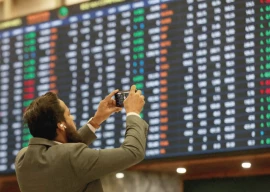


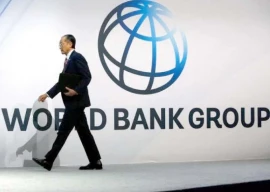




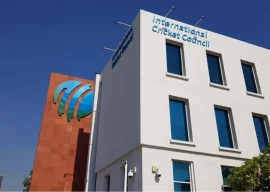

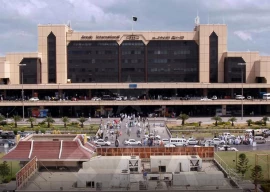

1731749026-0/Copy-of-Untitled-(3)1731749026-0-270x192.webp)
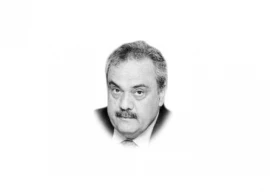





COMMENTS (1)
Comments are moderated and generally will be posted if they are on-topic and not abusive.
For more information, please see our Comments FAQ